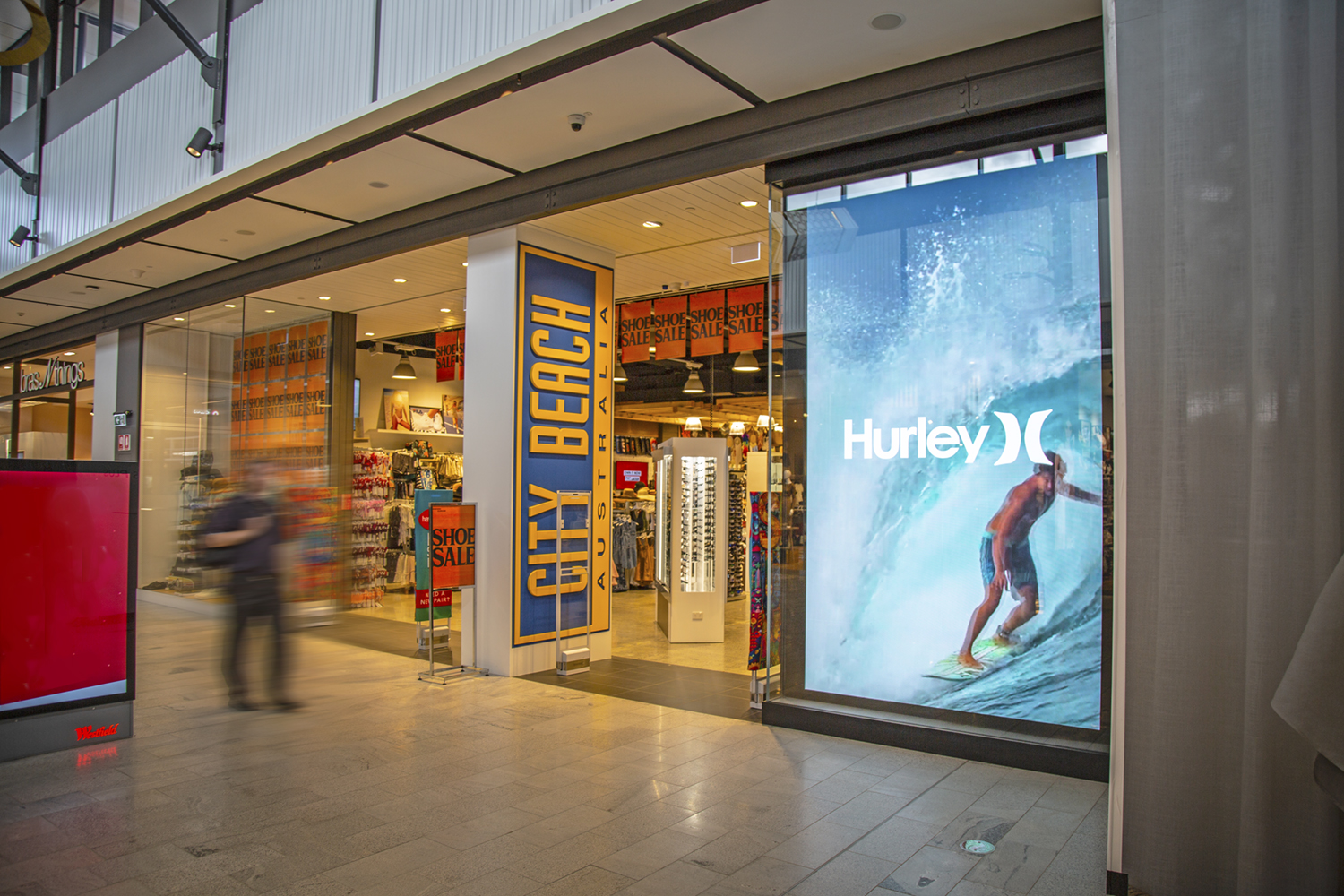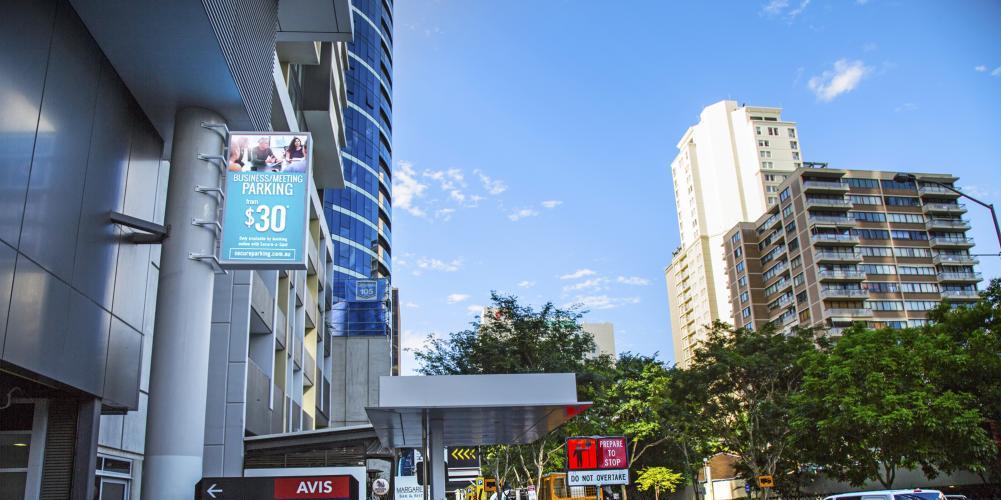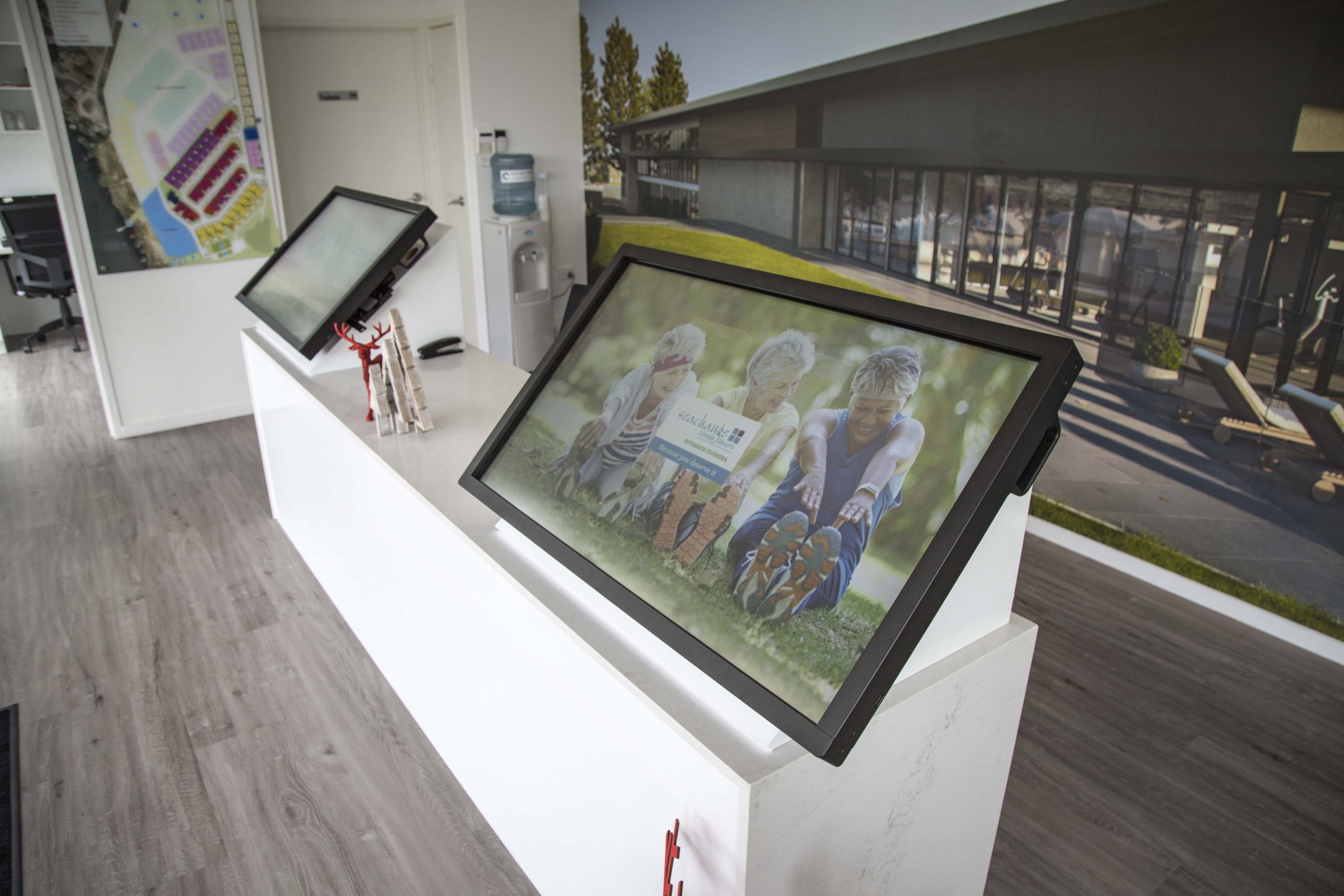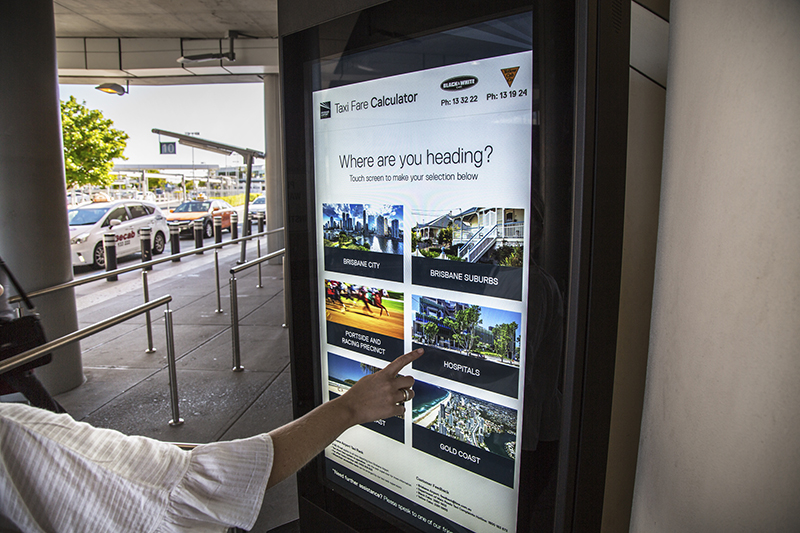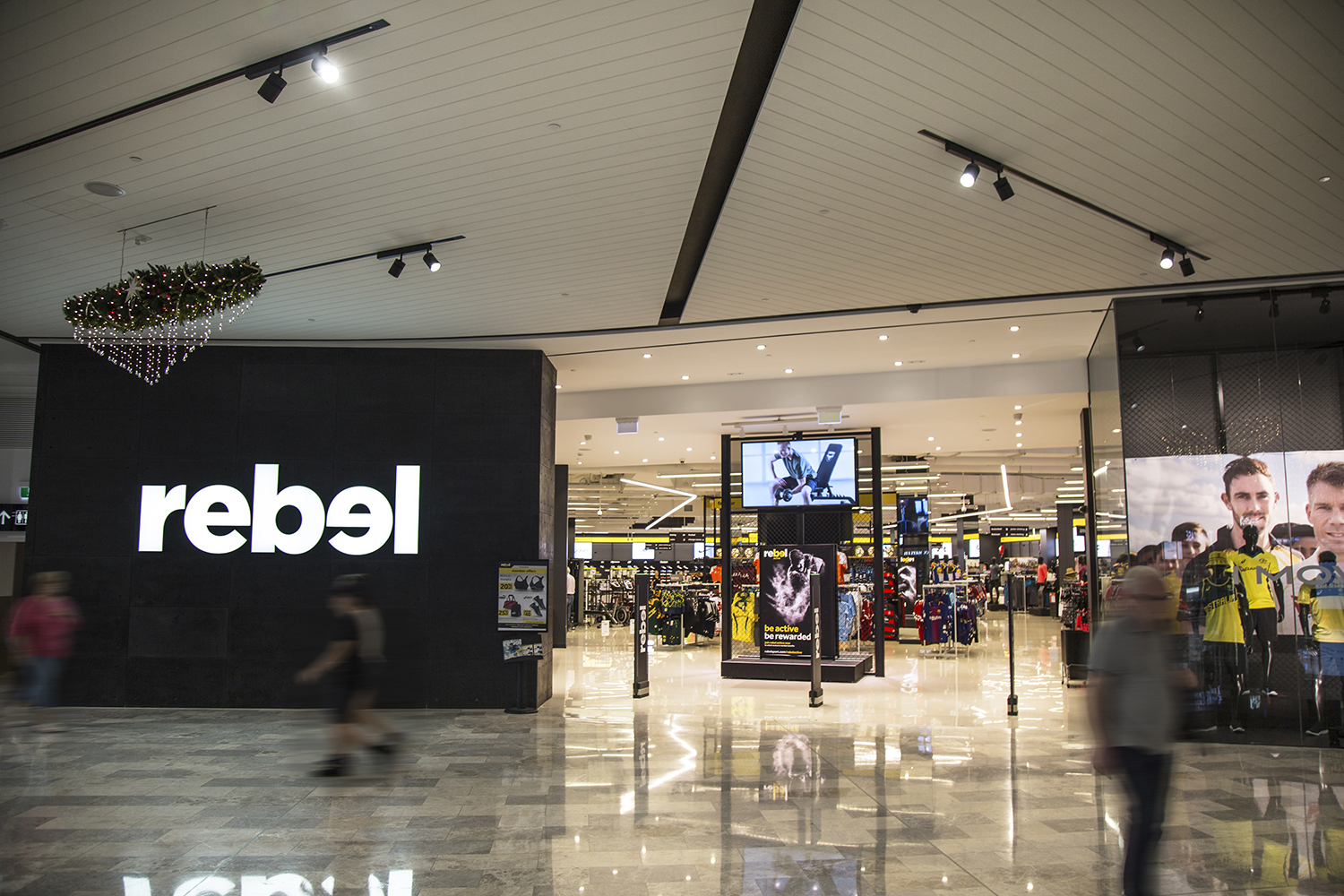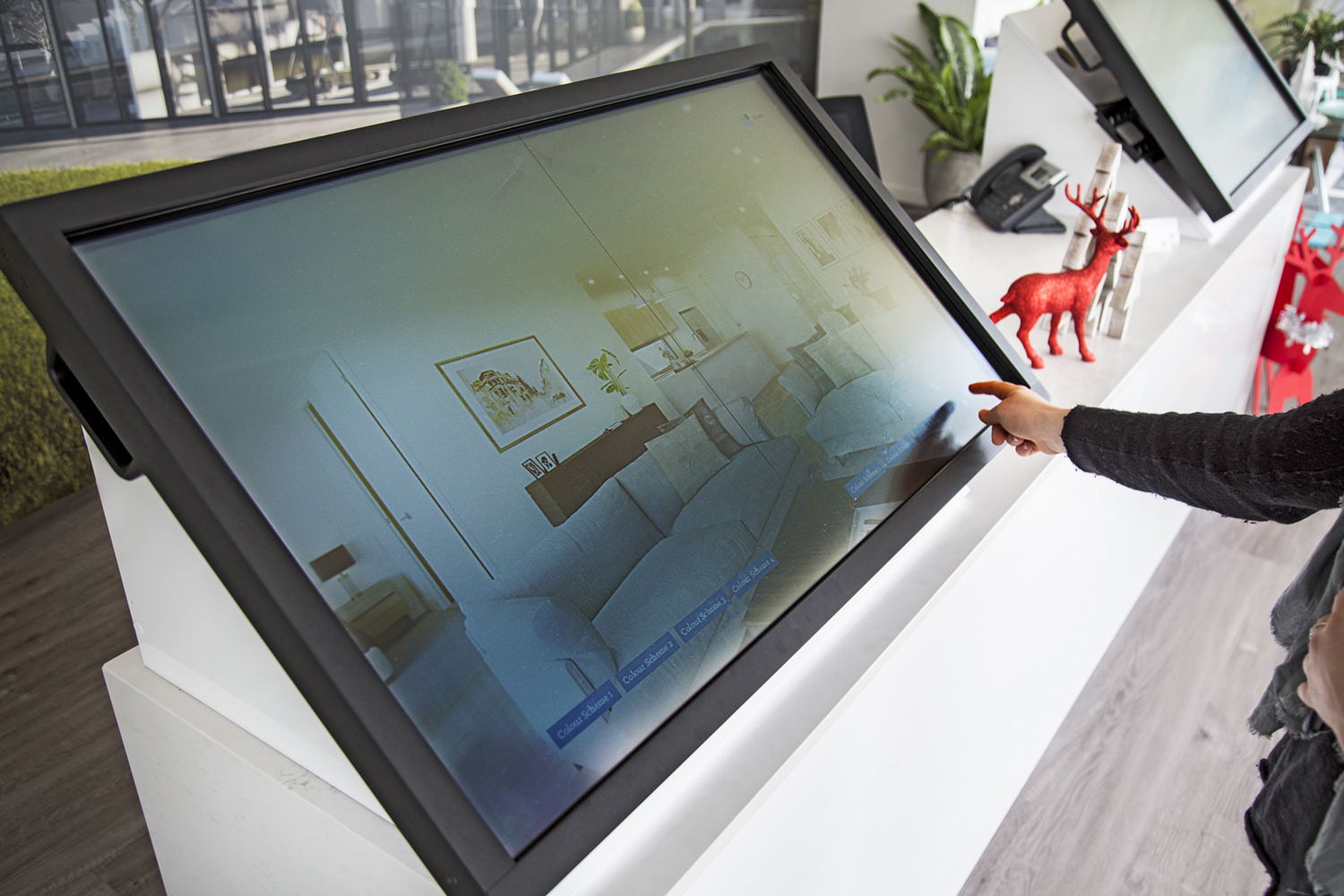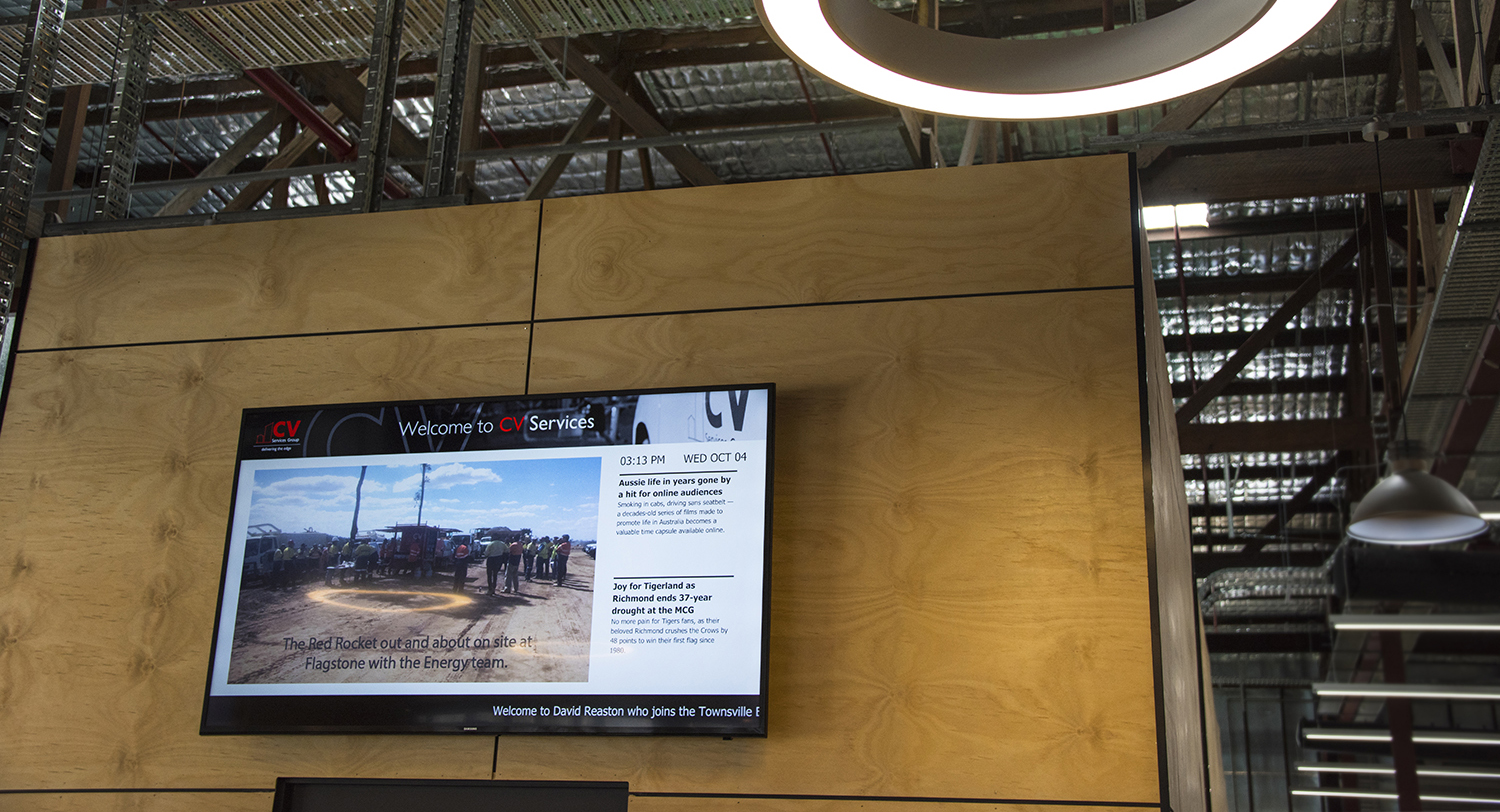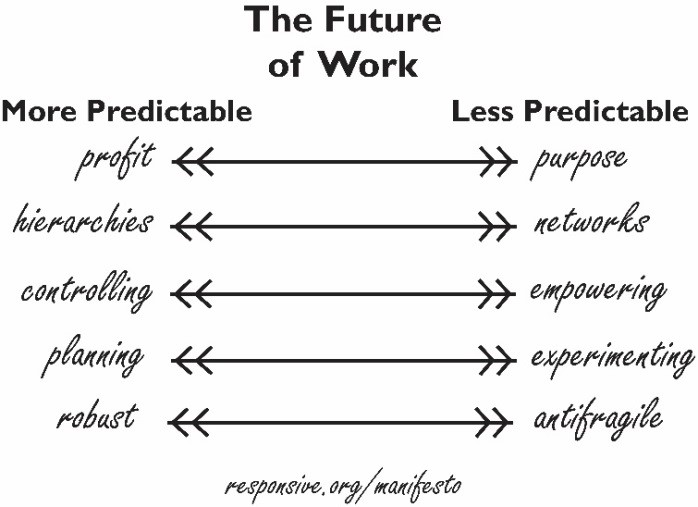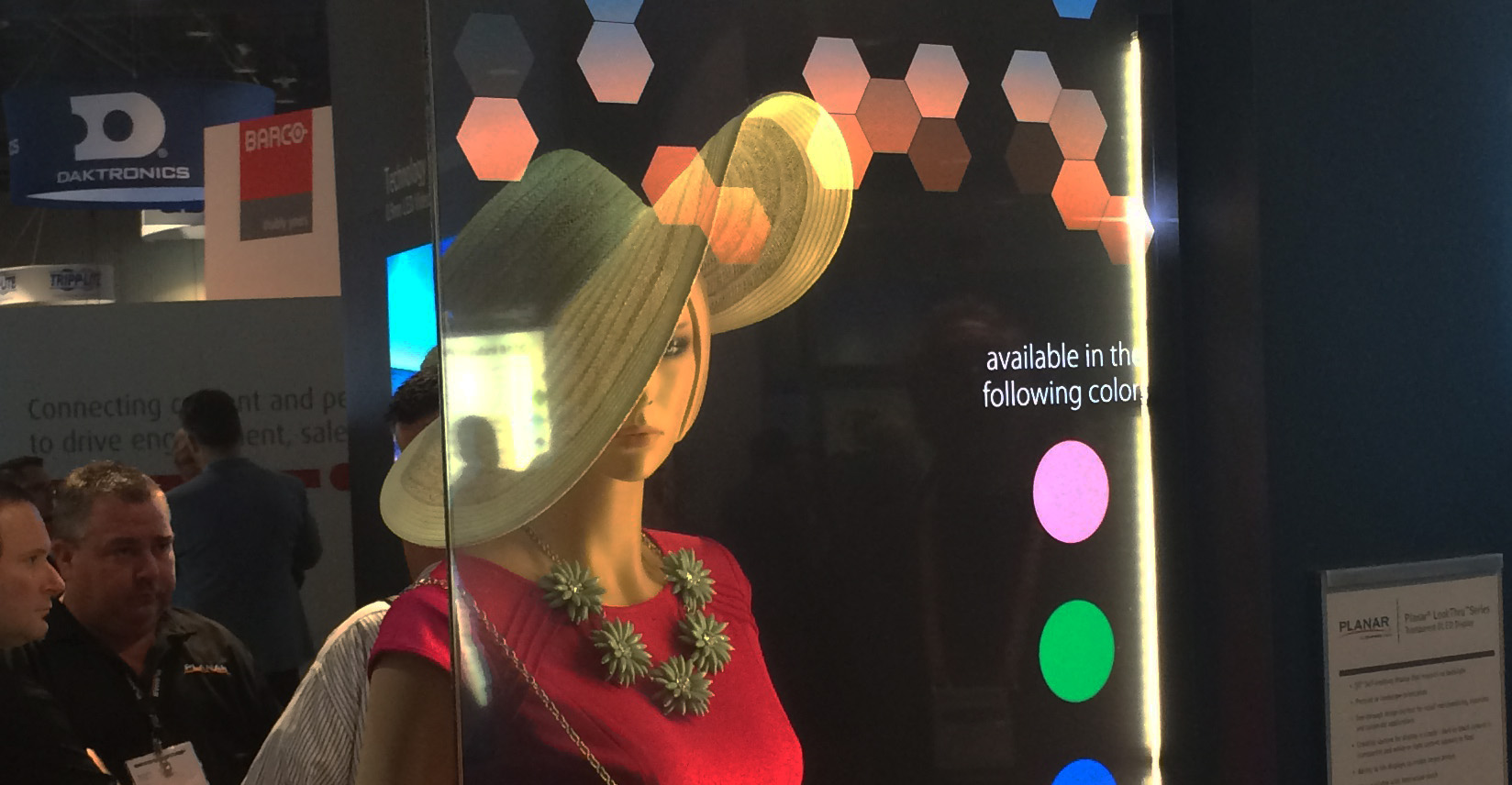Wander the streets of Hong Kong and you’ll see LED has a life of its own. It’s “plastered on walls, floors and automobiles, with whispers that it will soon legitimately replace some building materials.” (D.Hayne). Its explosion has meant the design and delivery of a more refined and quality product with a more attractive price tag. So why is the popular outdoor screen option now taking steps indoors?
If you’ve been waiting to push the play button on digital because you thought it was a passing trend, you can be confident it’s not moving on. Retail spaces have become a hive of digital activity, with different platforms delivering so much more than just advertisements on the wall. Having worked with retail brands, key features set LED apart from other alternatives, and it is quickly becoming the choice for in-store communication.
The Look
LED is seam free, allowing for the construction of impressive video walls. LCD displays have frames that present noticeable bezel, breaking up display content and images. Fine-pitch indoor LED technology allows visuals to extend to the edge, displaying greater impact with more vibrant picture and uninterrupted video. LED is providing brands a platform to build truly transformative experiences, taking their customers out of the store and into a realm of their choice.
The Location
LED is proven to perform better in spaces exposed to sunlight. For retailers occupying street-side locations, their shop front is prime real estate. Indoor LED has the capability to break through the glass and glare and use visual content to engage those passing by.
The Lifespan
The evolution of fine-pitch LED has seen its product lifespan almost double that of its LCD competitor. Video walls built with LCD tend to have an operation time of five years, with the front-running LED lasting twice as long. The lifespan has proven to be a key buying incentive for retailers, as they aim to get the most from their investment.
Spotlight on City Beach
City Beach have been paving the way for Australian urban streetwear retail culture for more than 30 years. No strangers to the world of digital, City Beach has deployed an engaging indoor fine-pitch 3.5-meter by 2-meter LED in their newest store at Westfield Coomera. City Beach used the leading-edge LED technology for their new store, as a shift away from previously used LCD video walls, removing the lines normally seen with LCD video walls for a seamless unrestricted view. The proof is truly in the picture, with the City Beach large-format display (LFD) captivating customers with vibrant videos and color.
As featured on Digital Signage Connection.

